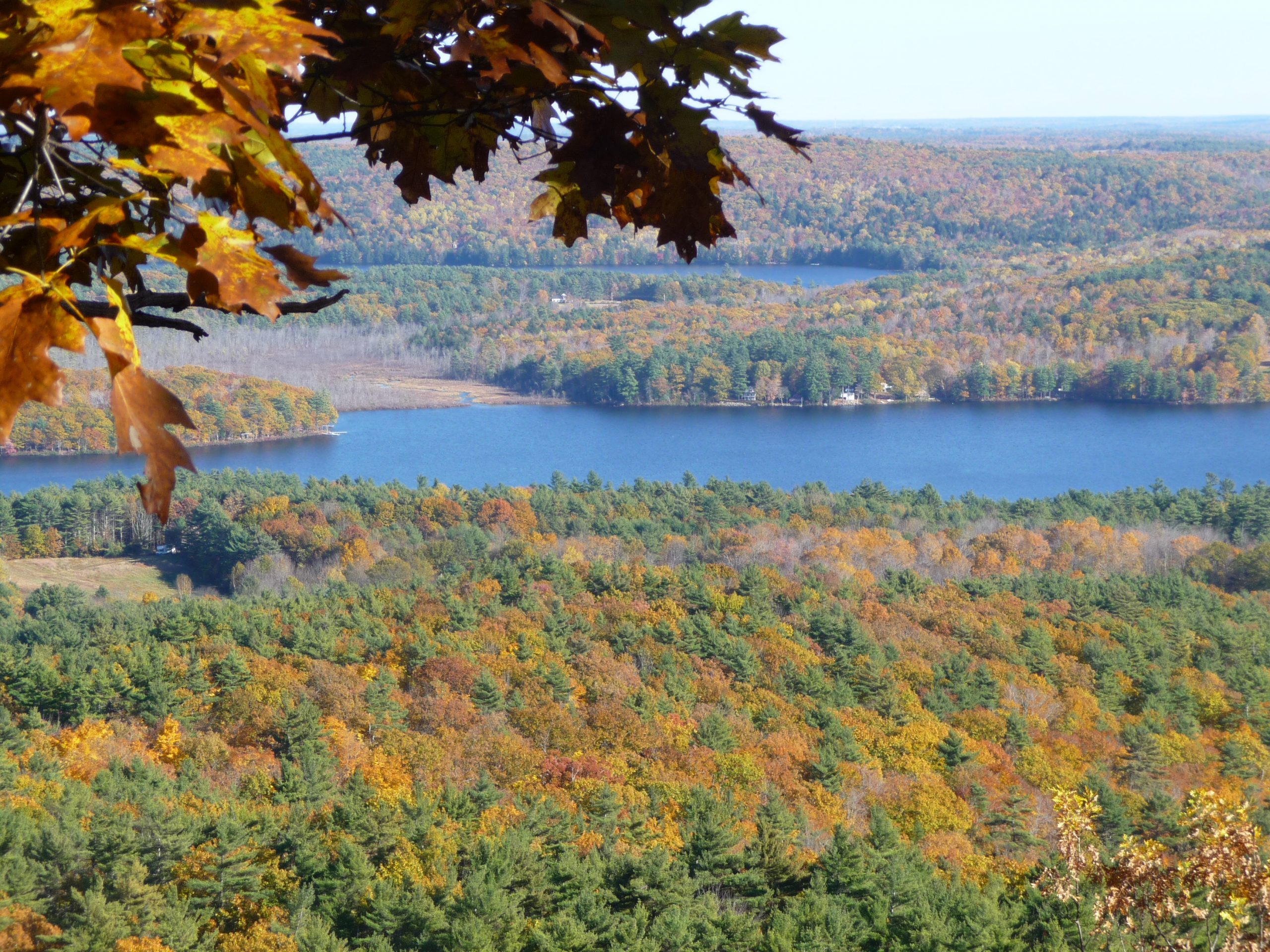
It’s Autumn in New England - my favorite time of year. While taking long walks with my husband and dog in the Maine woods, I am struck with how quickly nature adapts to the shorter days, the colder nights, and how easily everything in nature seems to shift into winter. When it comes to managing change, it looks like we could take a few lessons from Mother Nature.
As the squirrels bustle around collecting their stores for winter, and the trees start to change color, and I note evidence of deer eating greens, roots, and the neighbor’s gardens in an effort to fatten up, I realize that Mother Nature holds many answers on how to effectively deal with change. Change never feels natural, and yet it’s the most normal element of our existence. Then, why, do we humans often find change so scary, and difficult to deal with? Why can’t we embrace change as naturally as they do?
What lessons can we learn from our wild-life counterparts that would help us transition more smoothly when faced with change? How can we fight the urge to retreat back to our comfort zones? The good news is, adaptability is a coping skill we can all learn.
We can start by mimicking some behaviors in nature that have long since been adopted for adaptation for our own business and life.
The Story the Trees – Shed anything that sucks your energy:
Deciduous trees, such as oak, ash and beech, shed their leaves in the autumn. On frosty winter days, the water in the soil is frozen, so it cannot be taken up by the roots; the air temperature may be quite warm if the sun is shining, so if leaves were still on the trees they would lose a lot of water and wilt. This would result in the death of the tree. So dropping the leaves before winter sets in is the most sensible thing a deciduous tree can do! They survive during the winter months using stored energy in their roots.
The lesson for us: When faced with change drop anything that may deplete your energy. You can always pick it up again when life smooths out. This may be activities that consume your time and energy or dealing with people who drain you, or tasks that can wait for another day. This might mean putting business growth on hold, pressing pause on that large project, or simply saying “no” so you can keep your calendar clear while you roll with the punches. Self-preservation is key to surviving and thriving through any major (or even minor) curveballs that life throws your way.
The Story of the Barn Swallows – Be willing to step out of your comfort zone to get what you need:
Barn swallows are one of the first bird species to migrate south from New England. My dad’s barn is always alive with chirping and swooping swallows from mid-June through August. By the first days of September, the barn falls silent as the birds have already headed south for their winter migration. I often wondered why these little birds took off during the most pleasant month in Maine, August. The main reason for this seasonal migration is the lack of insects to eat during winter in the north. Avoiding cold temperatures is actually a less important reason for leaving. By understanding where insects are most plentiful and when they know when to strike out for the best opportunities to find food.
The lesson for us: While it’s not always possible or practical to physically move to find ideal conditions, we do need to seek out resources to help us cope with change. Whether it’s people who support us, spiritual resources, or financial resources and opportunities, we must be willing to get what we need to achieve sustainability and growth. Even if it means stepping out of our comfort zone.
The Story of the White-Tailed Deer – Eat nourishing foods and get plenty of activity:
In the fall, deer load up on high energy plants, seeds, and nuts that allow the deer to pack on fat stores for winter. Their metabolism in winter falls to one-half of what it is in summer, so the fat stores last longer in winter. Walking, trotting, bounding, and running are the normal gaits of a white-tailed deer, which is capable of running at speeds up to 35 mph for several miles and leaping obstacles 8.5 ft in height. This species swims well and frequently enters the water in summer to forage.
The lesson for us: Just as the white-tailed deer understands the significance of its diet for sustainability and longevity, so must we. When faced with stressful situations, it is often our default to eat for convenience rather than for sustenance. This can leave us depleted and lacking the energy to get us through the task at hand. Eat with the consciousness of how the food you are eating will nourish and sustain your body, and keep active to alleviate stress and help you transition through uncertain times.
The Story of You – Embrace change, adapt with ease, build resilience:
It’s human nature to resist change, although change is actually the only real thing we can count on. Nature is a wonderful resource to look at for inspiration for change management, but also look to your mentors and your competitors and study what they do (or don’t do) to adapt through transitions. Learning to be adaptable takes practice. It requires a shift of mindset from panic to acceptance – and that is not always easy! For help identifying your support systems, resources, and positive outcomes Schedule a FREE discovery call today.



Leave a Reply